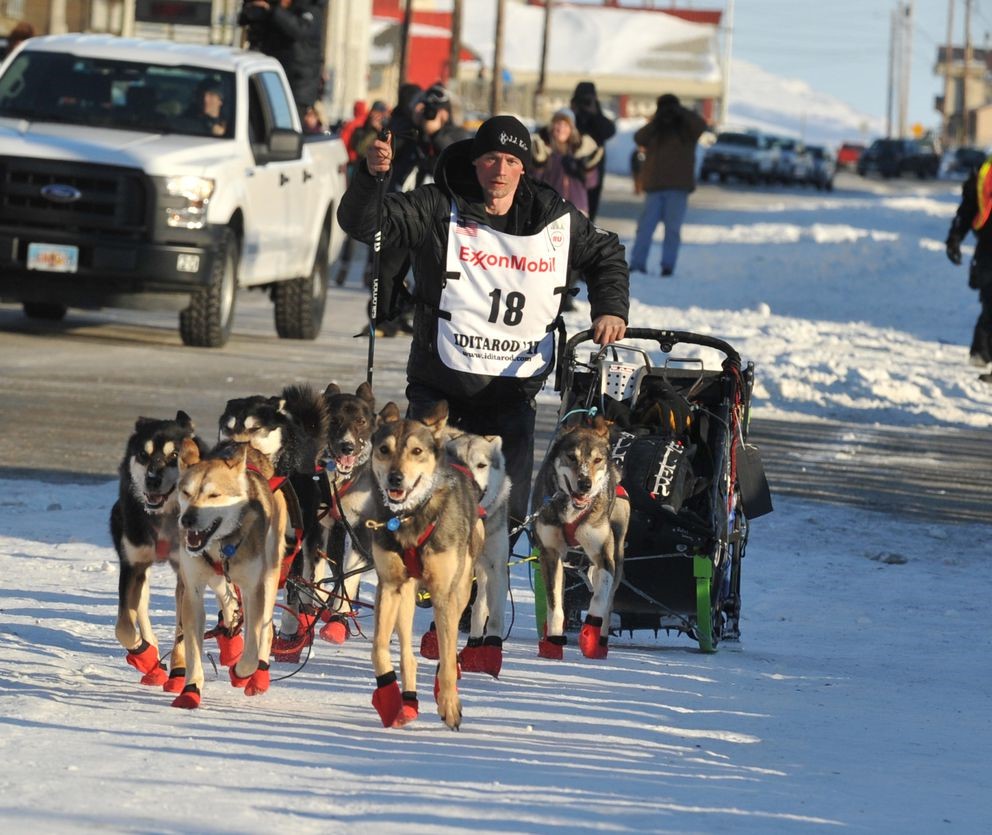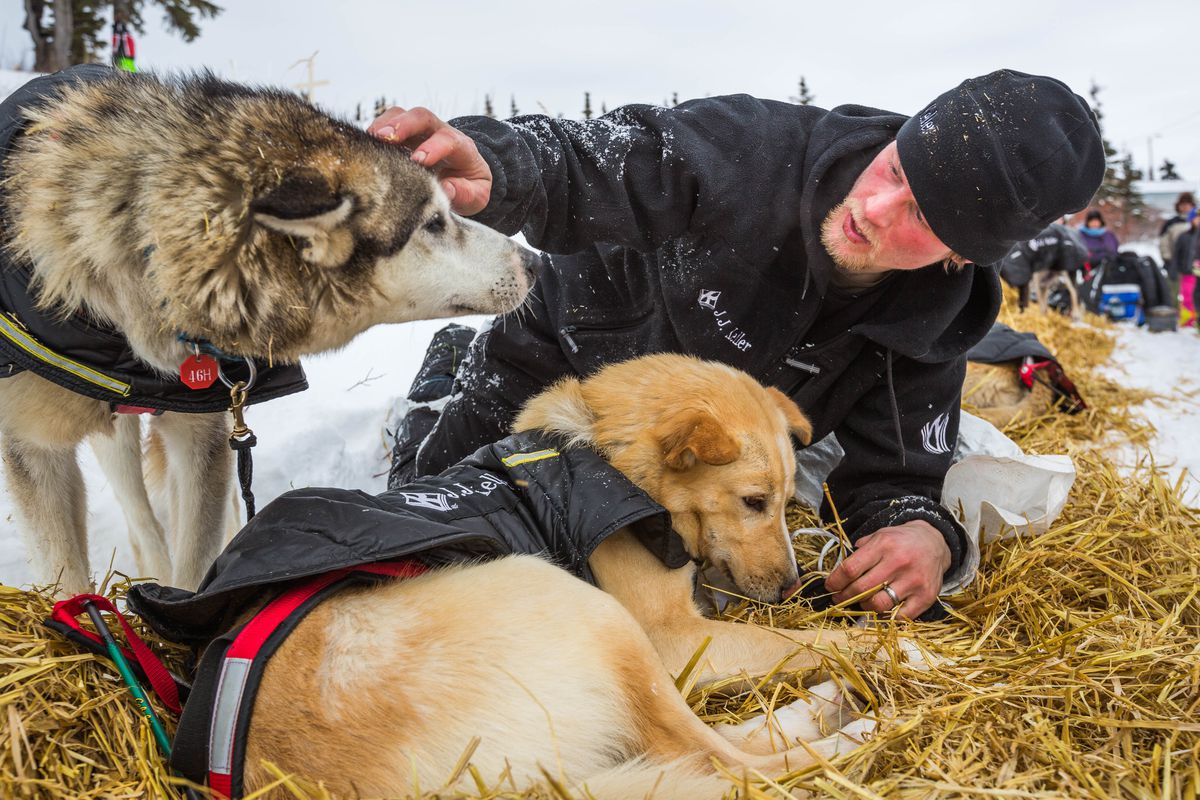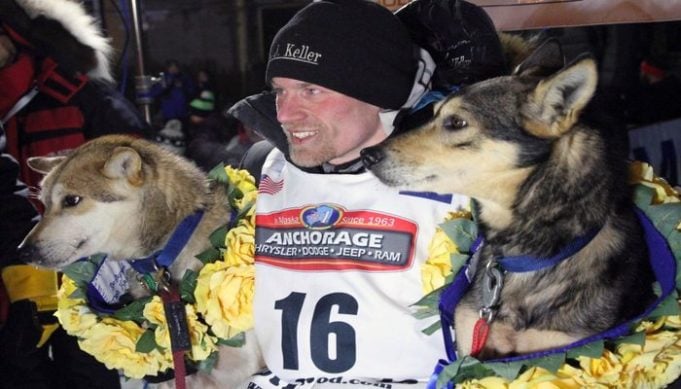The famous dog sledding competition saw its four-time champion accused of doping dogs, and is being accused of mismanaging the drug testing.
We’ve heard of the doping scandals in baseball, track and field, and other sports. But now in a shocking new development, dog sledding now has joined in on drugging its performers.
Sponsors have also started ditching the famous race. And now, matters are not being helped by the recent doping scandal, its first positive drug test since 1994.
The Iditarod is a 1,000 mile dog sled race across the freezing Alaskan landscape, and is extremely competitive. A host of volunteers help racing dogs and their humans (called “mushers”) along the way.
The alleged doping happened in March of this year, but has been hotly debated ever since. The recent revelation of the identity of the accused musher has stirred things up severely this past month, largely due to the musher maintaining innocence.
Dallas Seavey is a four-time Iditarod champion. Upon completion of the race, the first 20 teams across the line are drug tested. Seavey and his dogs came in second place this year.

Photo: Bob Hallinen / Alaska Dispatch News
Upon testing, four of his dogs tested positive for the drug Tramadol, a banned substance, just after they finished second in the race. Seavey has made several public statements begging the public to believe he had no knowledge of the dogs receiving the drug, and believes someone else did this to his dogs “out of malice.”
The incident is bizarre to be sure, and leaves plenty of room for questions.
A Growing Number of Issues
Tramadol is an opioid pain killer which one would not assume would be given to dogs to enhance their performance. The drug has a strong sedative effect.
The tests also indicated that the dogs had received the drug sometime between 15 hours prior to finishing the race until the time they got tested in Nome.
RELATED: The Races End, Leaving Hundreds of Greyhounds Homeless
PETA (People for the Ethical Treatment of Animals) says this is just additional proof that this race should no longer take place. According to PETA, five dogs died this year in connection with the race, and 150 total dogs have died since the Iditarod began 44 years ago.
The race has come under fire in recent years due to the dog deaths. This has led to increased pressure to end the practice from animal rights groups; PETA says that in addition to the fatalities, the dogs are subject to painful conditions such as bloody paws and major infections.

Photo: Loren Holmes / Alaska Dispatch News
Seavey believes that someone – perhaps a competitor or animal rights activist – was attempting to sabotage him.
He claims the Iditarod exhibited lax security at dog food drop-off points, and has harshly questioned the way in which the organization handled the drug testing overall.
Revised Rules and Backlash
Race officials will not punish Seavey because they cannot prove that the drugs were administered by him with intention.
However, they have changed the drug-testing race rules for next year; until 2017 the rules prevented the disqualification of a competitors if a musher’s intent could not be proven. If it wasn’t clear that the musher gave the drugs to his own dogs, he was safe from liability.
But under the revised 2018 rules, mushers will be “strictly liable” for positive drug tests involving their dogs.
The Iditarod kept Seavey’s identity hidden until October 23rd, after he had released public statements under the name “Musher X” and rumors began flying on social media and news forums.
The release of the name was also prompted by a demand for the identity issued by the Iditarod Official Finishers Club, which was signed by more than 80 mushers.
Just after his name was released, Seavey put out an 18-minute long video on YouTube maintaining his innocence along with announcing that he was dropping out of the 2018 race.
Just before Seavey’s name was released this month, the International Federation of Sleddog sports issued an open letter to the Iditarod Trail Committee criticizing the organization’s management of the drug testing, its enforcement of the protocol, and the way it is risking the reputation of a potentially innocent musher.
They indicated that they would be distancing themselves from the Iditarod Trail Committee after this.
The Iditarod Official Finishers Club also criticized the handling of the drug tests and lack of transparency on the part of the Iditarod.
They also demanded a reworking of the new 2018 rule on drug testing, and demanded an extension on the deadline by which mushers can withdraw from the race and still receive their $4,000 entry fee back.
The 2018 Iditarod is slated to take place from February 28 – March 6.
READ NEXT: 30 Best Agility Dogs that are Easiest to Train for Competitions













